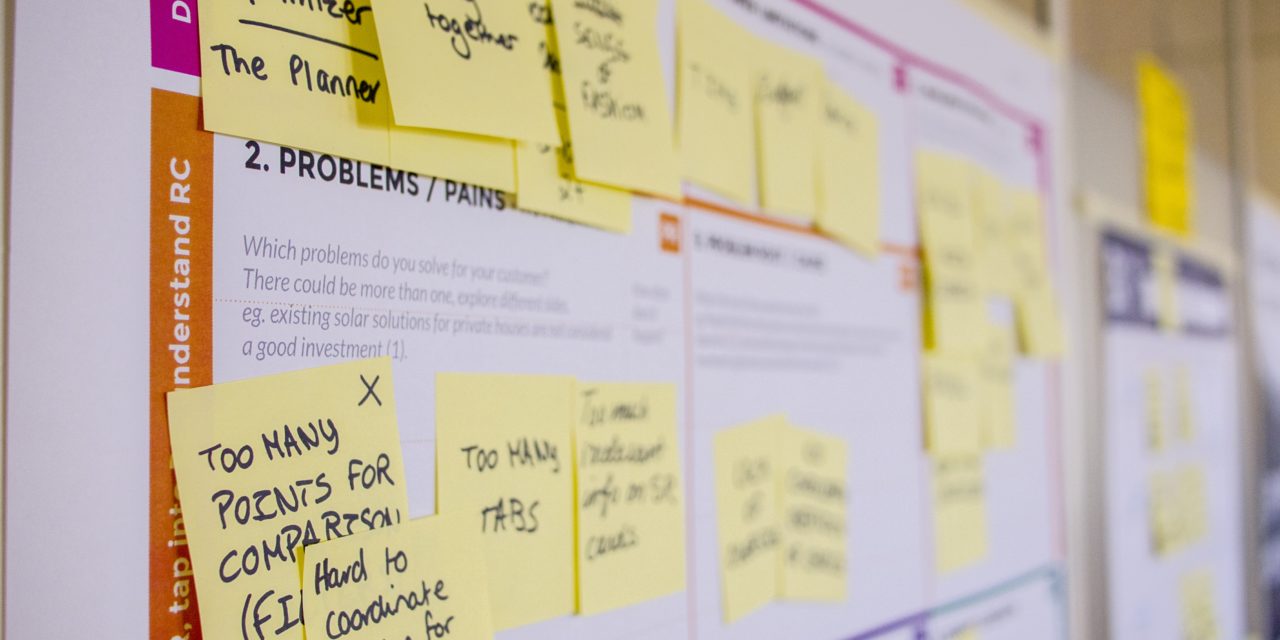Not all the best talent is inside your company. Working with your vendors as collaborators can help to create new ideas that will benefit both you and the vendor.
Everyone has a different point of view, and that change in perspective can be just the creative spark you need to find an innovative answer to a problem. Collaboration can inspire and educate your in-house staff, building creativity and giving new context to what your own team already knows.
Vendors are Experts
Pharmaceutical giant Bayer found several benefits from collaboration. Initially, the company was looking to combine its expertise in health care, agriculture and high-tech polymers with the knowledge of their 112,000 suppliers in 147 countries to create a more sustainable supply chain. Not only did the collaboration with their contractors help to build their sustainability pilot into an integral sustainable procurement program in just a few years, but they also found other benefits from working with their contractors. By working with their suppliers, Bayer found new opportunities for building business value and they found that they could mitigate risk in their supply chain.
Focusing on the ‘What’ in your RFx process instead of the ‘How’ can help your company build value through vendor collaboration in the way Bayer did with their sustainable procurement project. Using a collaboration framework from the RFx stage will allow you to work with prospective suppliers to find the best way to provide performance, cost savings and overall quality.
The key to getting these improvements is establishing an agreement with your vendor that is a ‘win-win’ deal. Finding a method where both you and your suppliers can benefit from working together can be more complicated than working for the lowest price, but the benefits can be worthwhile. Using a more complete RFx process is one way of establishing more collaboration without tying the hands of your suppliers with a restrictive RFQ.
Improving Collaboration in RFx
By reworking the RFx processes in your organization, you can bring a more collaborative approach to your supply chain efforts.
RFI
The Request For Information is an ideal time to find out more about prospective vendors. A request for information should get details on specific capabilities each supplier may have. Find out more about their past projects, their focus, and the expertise they have in-house. By finding out more information about a supplier’s capabilities, you will have a better idea of how that supplier may fit with your own in-house abilities. The RFI will help you pair down the potential group of new suppliers, and it may help to make RFI’s a more continuous process to stay on top of what’s available in the market.
RFP
The Request for Proposal is the best point to hear pitches from your selected pool of suppliers. Given a specific outcome that you’re looking to achieve, how would each of these suppliers solve the problem? Based on a list developed by the investment company Vanguard, here are some suggested steps to improve your RFP process:
- Reflect on your culture. Let prospective suppliers know more about your company and how you like to work with suppliers.
- Keep questions clear and direct. Making supplier questions too vague or open-ended will make it difficult to compare proposals between suppliers. Focus on the specific outcomes you need, not how you would design the process.
- Provide background information. Let suppliers know what expertise you possess in house, and what you will do to assist in this project. Let them know that you want to make this a collaboration.
- Know your biases. This is important from your standpoint, but make sure you understand where you or your company have had experiences that may color your view of a proposal. Make sure you’re judging RFPs with a fresh eye.
- Keep the RFP focused. Maintain a manageable amount of questions and keep the RFP focused on only this specific project. You should have already found out more general company information during the RFI process.
Most of all, ask your suppliers to tell you how they can manage the process to give you the best price, quickest turnaround, and best-performing products. This is a great opportunity to gain the benefit of your supplier’s expertise. Getting each supplier’s specific input here can help you write an effective RFQ that will include your most necessary points and allow for the best delivery times, costs and performance.
RFQ
When you’ve narrowed down the proposals to those that look to accomplish what you need, move to a Request for Quote involving those companies. To make sure you have a good basis for comparison, be specific on how you will need items delivered, time frames and any other finished specifications that may dictate how the supplier will price the end product. By this point, you should have received enough sample input from your potential suppliers that you can add your necessary requirements without requiring something that will increase your costs or timeframe.
By taking a little extra time on the RFx process, you can tap your supplier expertise to save time, lower total costs, and improve the quality of products or services you deliver to your customers.
Simplify Your Purchasing Cycle
For case studies of how we have helped similar organizations, or a demonstration of how our software can help transform procurement processes, contact our team of procurement specialists.










